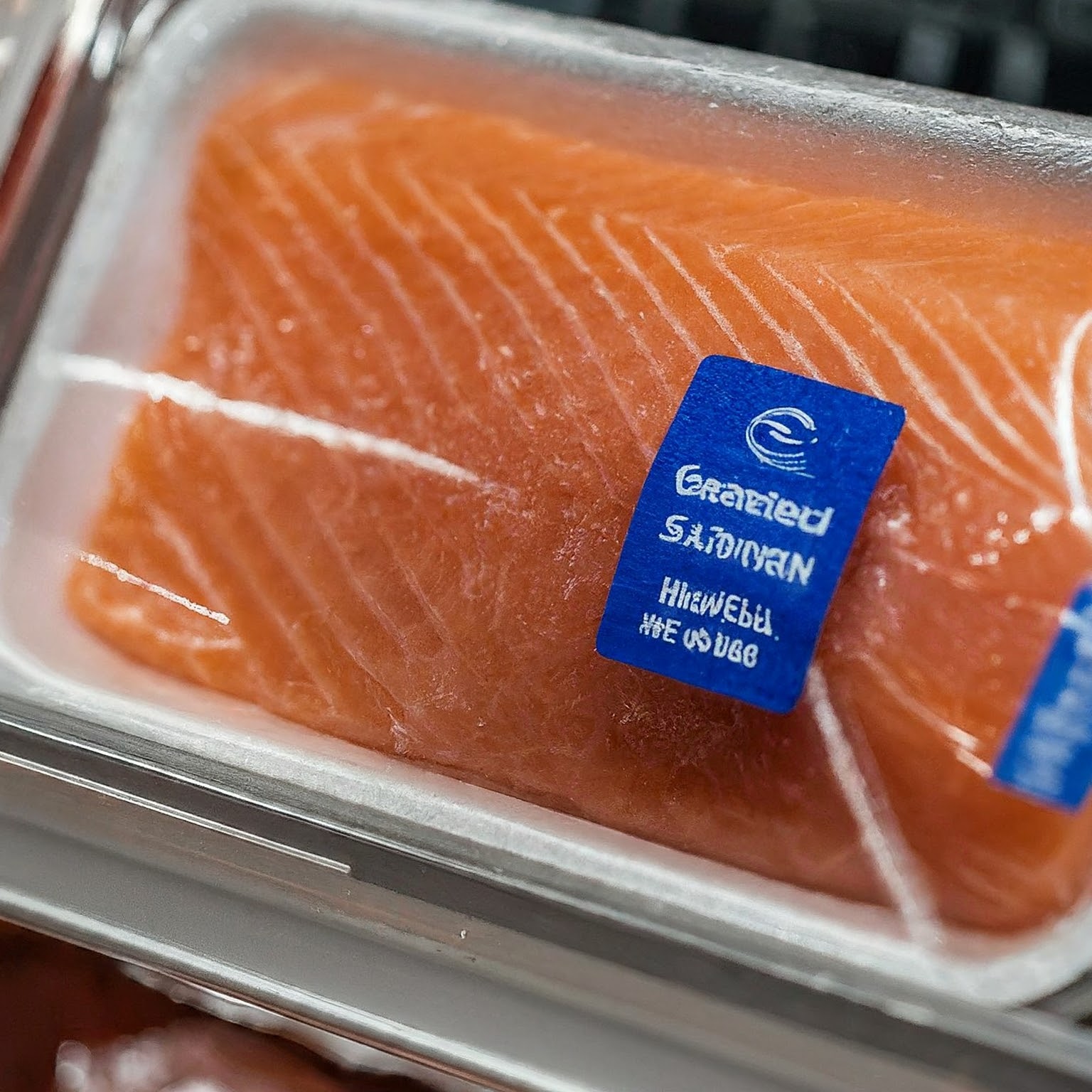Autoclave packaging refers to packaging materials and containers that are designed to withstand the high-temperature and high-pressure conditions of an autoclave. An autoclave is a device used for sterilizing various objects, such as laboratory equipment, medical instruments, and certain types of packaging materials, by subjecting them to steam under pressure. The process effectively kills or inactivates microorganisms, including bacteria, viruses, and spores, making it a crucial method for ensuring sterility and preventing contamination.
Autoclave packaging is used in situations where it is essential to maintain the sterility of the contents, such as in healthcare settings, pharmaceutical manufacturing, and laboratory research. The packaging materials used for autoclaving must meet specific criteria to ensure their effectiveness and safety. Some key characteristics of autoclave packaging include:
- Heat and Pressure Resistance: Autoclave packaging materials, which can include pouches, bags, and containers, must be able to withstand the high temperatures (typically around 121°C to 134°C or 250°F to 273°F) and pressure (usually 15 to 30 pounds per square inch) inside the autoclave without melting, deforming, or allowing steam to penetrate.
- Sterilization Indicator: Many autoclave packages include a sterilization indicator, such as a strip or label, that changes color or displays a visible signal when the sterilization process is complete. This provides a visual confirmation that the contents have been adequately sterilized.
- Seal Integrity: Proper sealing of the packaging is crucial to prevent contamination. Autoclave packaging is often designed with secure closures and seals to maintain sterility during autoclaving.
- Material Compatibility: Autoclave packaging materials should be compatible with the specific items being sterilized. For example, some materials may not be suitable for certain chemicals or equipment.
- Traceability: In many regulated environments, autoclave packaging may include labels or documentation to track the sterilization cycle, including date and time, operator, and other relevant information.
 Common materials used in autoclave packaging include heat-resistant plastics, such as polypropylene, and laminated materials that combine plastic and paper. The choice of material depends on the requirements of the sterilization process and the items being sterilized.
Common materials used in autoclave packaging include heat-resistant plastics, such as polypropylene, and laminated materials that combine plastic and paper. The choice of material depends on the requirements of the sterilization process and the items being sterilized.
In summary, autoclave packaging is designed for sterilization purposes, ensuring that the contents remain free from microorganisms and contamination after undergoing the autoclaving process. It is essential for maintaining aseptic conditions in various industries, including healthcare and research.

Comments are closed.